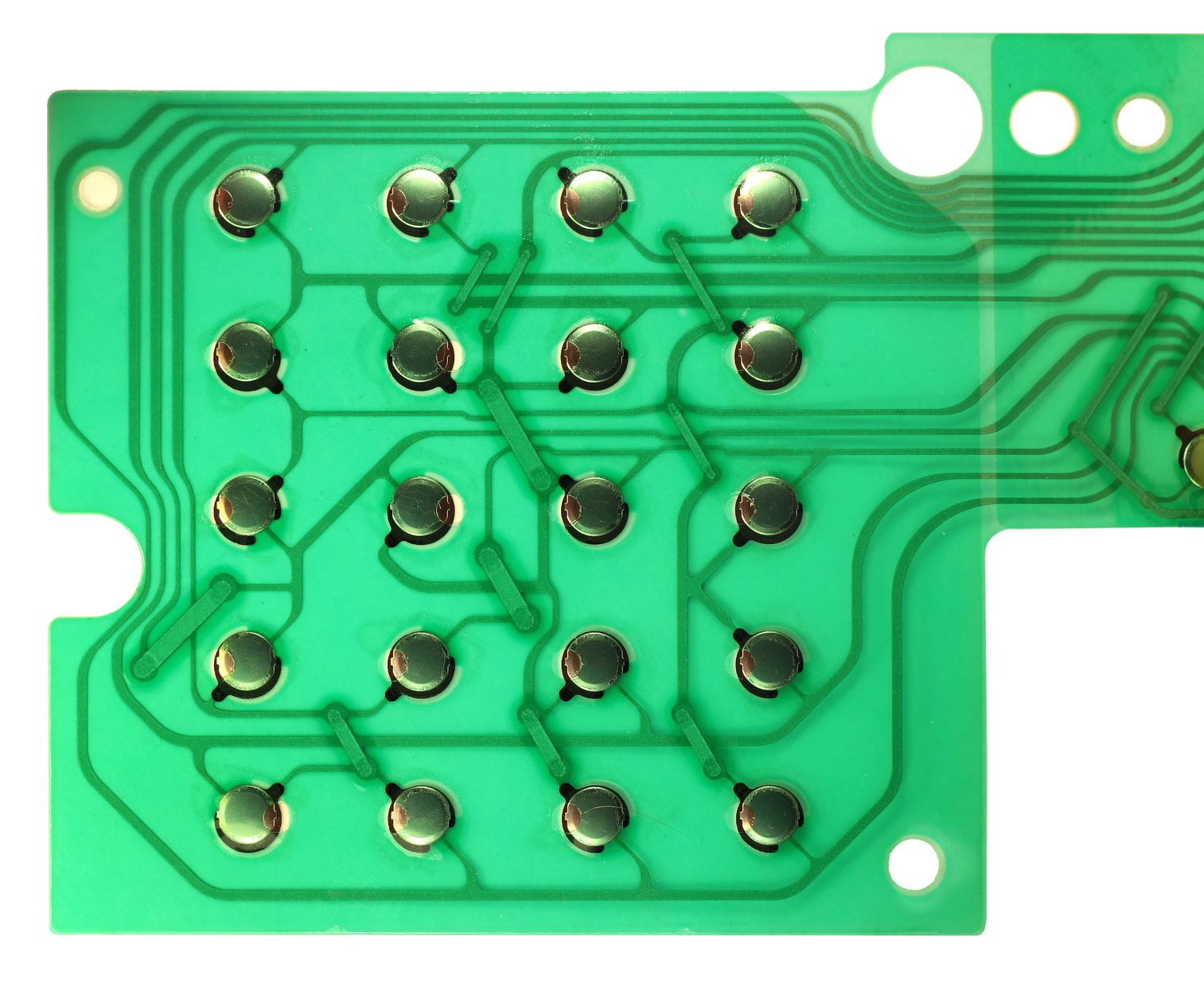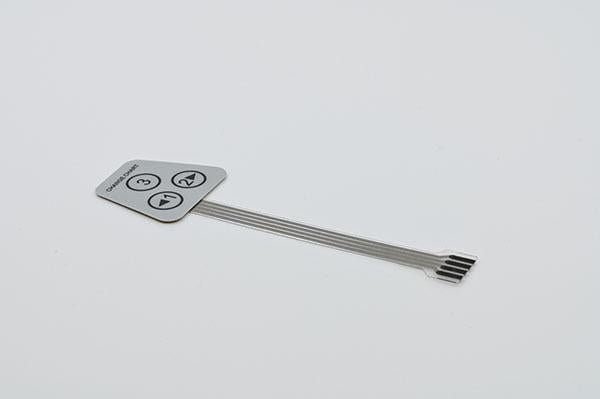Secret Benefits of Using a Membrane Switch in Industrial Applications
Secret Benefits of Using a Membrane Switch in Industrial Applications
Blog Article
Understanding the Functionality of Membrane Switches Over for Individual User Interface Devices
The capability of membrane layer switches stands for a considerable development in user interface design, incorporating effectiveness with aesthetic versatility. As markets significantly prioritize individual experience, comprehending the subtleties of membrane layer switch innovation ends up being vital.
What Are Membrane Layer Switches?
Membrane layer switches are cutting-edge user interface devices that help with customer communication with digital tools. These functional parts include numerous layers, consisting of a visuals overlay, spacer, and a published circuit layer. The design enables for a seamless integration into various electronic devices, improving both the visual and practical elements of interface.
Membrane buttons are commonly utilized in a broad array of applications, from home devices to industrial machinery and clinical tools. Their construction usually features a slim account, making them a suitable selection for small designs. The tactile responses provided by these switches can be crafted to meet particular user preferences, ensuring effective communication between the user and the device.
Toughness is one more considerable benefit of membrane buttons, as they are resistant to dirt, moisture, and chemicals, which enhances their life-span popular atmospheres. Furthermore, these buttons can be customized in regards to shape, size, and graphic design, enabling branding and user-specific functions. Overall, membrane layer switches stand for a sensible remedy for boosting user experience in digital devices, integrating functionality with aesthetic allure in an effective manner.
How Membrane Layer Switches Work
Operating on an uncomplicated concept, membrane changes use a layered building to register individual input effectively. Each switch includes several layers, including a printed circuit layer, a spacer layer, and a top visuals layer, which are made to interact effortlessly. When an individual presses the top layer, it presses the spacer layer, bringing the conductive aspects of the circuit layer right into call with each various other.
This contact creates a shut circuit, indicating the gadget to execute a particular function. The layout permits different arrangements, including responsive feedback, which can enhance the individual experience by providing a physical experience upon activation. The materials made use of in membrane switches usually consist of flexible substratums, such as polyester or polycarbonate, which ensure resilience and strength against damage.

Key Benefits of Membrane Buttons

One more significant advantage is their density. Membrane layer switches are thin and lightweight, which makes it possible for suppliers to conserve room in their gadgets without sacrificing capability. This feature is specifically advantageous in applications where weight and quantity are critical considerations.
Furthermore, membrane buttons are resistant to dirt, moisture, and chemicals, boosting their resilience. This strength prolongs their lifespan and decreases the demand for constant replacements, resulting in price savings gradually.
Furthermore, the responsive comments offered by membrane layer buttons can be maximized to enhance individual communication. They can include functions such as increased switches or audible clicks, improving functionality and individual experience.
Applications Throughout Industries
Interface gadgets utilizing membrane buttons prevail in a large variety of industries, showcasing their versatility and performance. Membrane Switch. In the medical sector, membrane switches are indispensable to devices such as analysis equipment and patient surveillance systems, where their sturdiness and ease of cleaning are essential for maintaining hygiene requirements. Likewise, in the automotive market, these switches are employed navigate to this site in control panel controls and infomercial systems, supplying a sleek and modern user interface for individuals.
Furthermore, the consumer electronic devices sector take advantage of membrane layer buttons in home appliances and portable gadgets, where small design and easy to use interfaces improve user experience. Industrial applications also leverage membrane layer changes for control board in equipment and automation systems, emphasizing their effectiveness and resistance to harsh settings.
In the aerospace and protection sectors, membrane layer buttons are made use of in cabin controls and equipment, where dependability and performance under extreme conditions are vital. Furthermore, the pc gaming sector significantly integrates membrane layer switches in controllers and game go to website devices, adding to an appealing user experience. Overall, the versatility of membrane layer switches allows their prevalent usage throughout countless sectors, emphasizing their importance in modern interface style.
Future Trends in Membrane Layer Change Innovation

In addition, making use of sophisticated products, such as polycarbonate and polyester films, is expected to climb, giving improved longevity and resistance to ecological stressors. These products add to the total durability of membrane layer switches, making them suitable for harsher industrial applications.
Furthermore, the incorporation of wise innovation, consisting of IoT connectivity, will allow membrane buttons to communicate with other tools and systems, helping with a more interactive individual experience. This pattern straightens with the expanding need for wise devices across numerous sectors, from health care to customer electronics.
Last but not least, modification options are expected to increase, permitting manufacturers to produce bespoke services customized to specific customer requirements and preferences. These developments will place membrane layer buttons as crucial parts in the development of interface innovation.
Conclusion
In conclusion, membrane switches over click for source stand for a pivotal development in customer interface innovation, supplying a trustworthy and functional option for diverse electronic applications. As improvements in product scientific research and touch noticing innovations continue, the functionality and applicability of membrane layer switches are expected to expand, enhancing their importance in contemporary digital tools.
Report this page